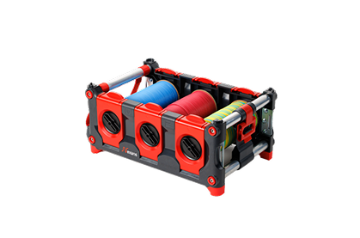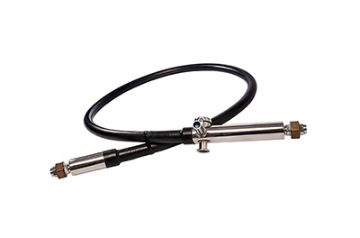- Markets
- Products
- Services
- News
- Tools & Resources
- About Nexans
- Search
- Contact us
- Compare
- Sign in
Building
Historical Evolution of the Regulation on Construction Products (CPR)
Nov 2, 2025
1957: Treaty of Rome – Creation of the European Economic Community
The Treaty of Rome laid the foundations of the European Economic Community (EEC) with a key objective: to ensure the free movement of goods among Member States. This goal emerged from the identification of numerous trade barriers, such as differing fire-testing methods and certification procedures, which hindered the harmonization of construction product standards.
1986: Treaty Amendment – Introduction of Health and Safety Objectives
Amendments to the Treaty introduced Articles 100A and 118A, focusing on “Health and Safety.” These changes led to the adoption of Directive 89/106/EEC in 1988, establishing the Construction Products Directive (CPD). This directive defined six essential requirements for construction products:
-
Mechanical resistance and stability
-
Safety in case of fire
-
Hygiene, health and the environment
-
Safety in use
-
Protection against noise
-
Energy economy and heat retention
Within the scope of fire safety, several fundamental principles were established:
• The load-bearing capacity of the structure must be maintained for a specific period.
• The generation and spread of fire and smoke within the structure must be limited.
• The spread of fire to neighbouring structures must be minimized.
• Building occupants must be able to evacuate or be rescued safely.
• The safety of rescue teams must be considered.
These principles laid the groundwork for the concepts of Reaction to Fire and Fire Resistance in construction products.
1994: Interpretation Documents – Specification of Fire Safety Requirements for Electrical Installations
The CPD was further clarified through Interpretation Document No. 2 (ID2), which focused on electrical installations:
• Electrical installations must not be a source of fire.
• They must not actively contribute to fire development.
• Fire propagation must be limited.
• In the event of a fire, effective extinguishing and rescue measures must be possible.
• Construction products (e.g., transformers, cables) must comply with reaction-to-fire and fire-resistance requirements.
The document also emphasized the need either to protect circuits from fire or to use circuits that are inherently fire-resistant.
2009: Mandate M443
Mandate M443 was issued, entrusting CEN/CENELEC with the task of developing a system (standards, procedures, etc.) to allow notified bodies to certify product compliance under the CPR framework.
2011: Transition from Directive to Regulation
The CPD evolved into the Construction Products Regulation (CPR). As of 1 July 2013, the CPR became directly applicable in all EU Member States, making CE marking mandatory for the relevant products. Member States were then required to define their national requirements within the CPR framework.
2016: CPR Implementation Period
By mid-2016, the CPR became fully mandatory, with a one-year coexistence period allowing laboratories and certification bodies to adapt and become officially notified within the new regulatory framework.
2017: Application of the CPR to Cables – Reaction to Fire
Since July 2017, the CPR has officially applied to cables with regard to Reaction to Fire. However, work continues within CENELEC to develop rules addressing Fire Resistance in cables. These discussions must take into account upcoming revisions to the Construction Products Regulation, introducing new aspects such as the consideration of hazardous substance emissions and sustainability.
Our websites
Select your country to find our products and solutions
-
Africa
- Africa
- Ghana
- Ivory Coast
- Morocco
- North West Africa
- Americas
- Asia
- Europe
- Oceania






